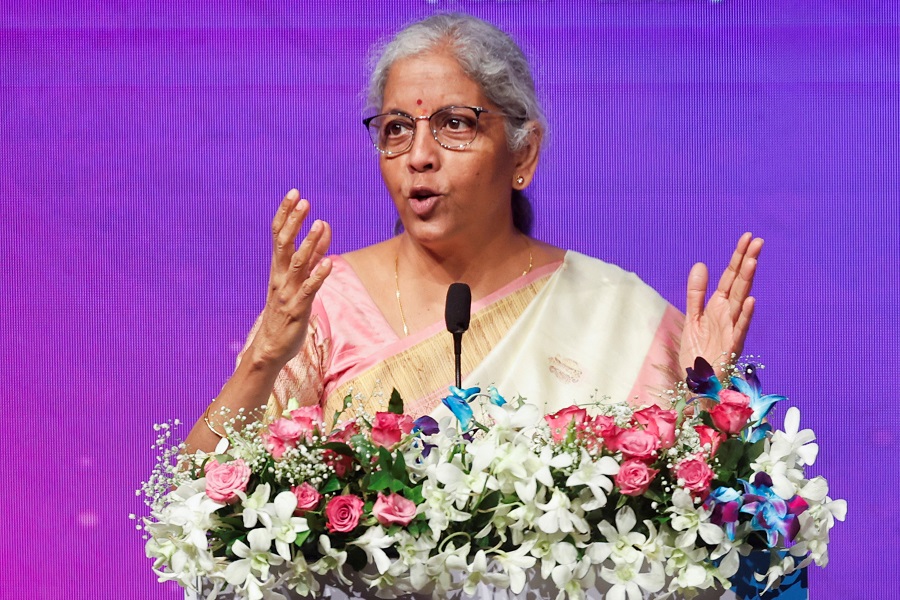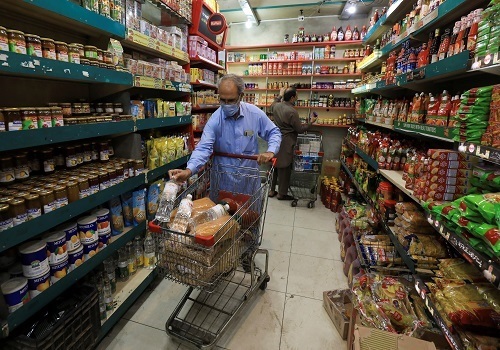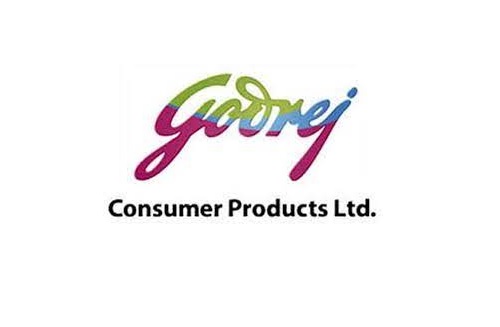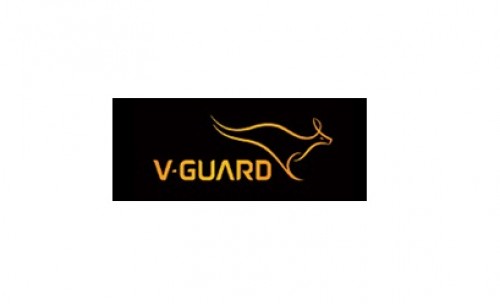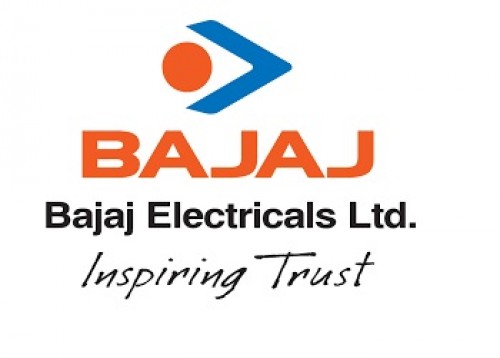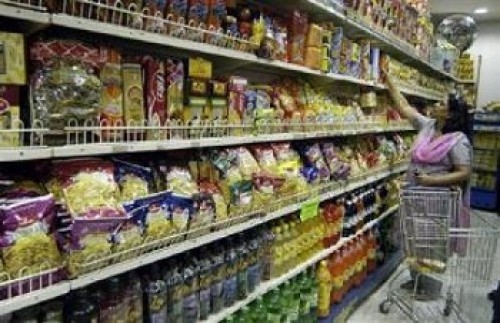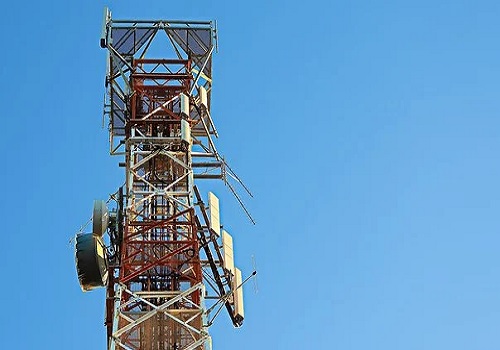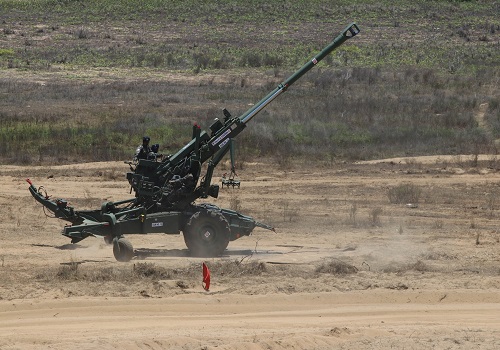Consumer Goods Sector - Deep-dive into Devyani prospectus and insights for QSRs in India By ICICI Securities

Follow us Now on Telegram ! Get daily 10 - 12 important updates on Business, Finance and Investment. Join our Telegram Channel
DRHP Analysis #2: Deep-dive into Devyani prospectus and insights for QSRs in India
Insights for Domino’s (JUBI) and McDonald’s (Westlife) from our analysis of Devyani red herring prospectus are (1) JUBI has best-in-class operating metrics – 2x throughput and superior EBITDA margin in the listed QSR space; 2) Westlife (WLDL) leads on throughput while KFC has better margin profile; the former’s focus on all-day meals and beverages has helped improve its throughput (despite being more value focus); 3) Tata Starbucks is executing well in the chained-café market (Costa Coffee has shut down stores in the past two years); 4) QSR is likely to be the fastest growing and dominant format (54% of outlets and 34% of total food services market); and 5) there is huge potential for chained players to improve store throughput. We remain bullish on JUBI and WLDL’s resilient models to outperform the food service market. Maintain ADD on both.
Our discussion on Pizza Hut, KFC and Costa Coffee pertains to only the outlets operated by Devyani International as per it’s DRHP.
* Why JUBI is best-in-class?
We believe JUBI’s superior margin profile is sometimes underappreciated on the pretext that Pizza is a high GM product (vs Burgers). While it is true that pizza as a category does have superior margins (both PH and JUBI have 75% gross margin), JUBI’s 2x throughput of PH places it at the top (across burger formats as well) in terms of store-level EBITDA margin. JUBI has been able to double its store throughput in the past 10 years on the back of superior execution. Secondly, given JUBI’s less dependence on high-street locations along with better capex efficiency gives it the ability to make deeper inroads.
* KFC leads on EBITDA margin while WLDL and BKIL are ahead on throughput.
KFC’s current store-level throughout is 21%/8% lower than WLDL/BKIL; interestingly, WLDL had higher throughput than KFC even in 2014 (when they were of similar size). Other key observations are: 1) gross margins of all three are in the range of 64-65%; WLDL has delivered well on GM expansion despite the overall value-focus; 2) BK’s adspends are slightly higher (possibly because they are late entrants); 3) KFC is slightly efficient on other costs structures despite WLDL enjoying the best lease terms; 4) royalty outgo for KFC/WLDL/BKIL stands at 6.3/4.0/4-5%; WLDL’s royalty rate can be contractually increased to 8% in FY25; 5) even as WLDL leads on absolute unit EBITDA, KFC has slightly better operating margins.
* Tata Starbucks benefits from yet another struggling player.
Costa Coffee has cut 23 stores in the past two years, reducing its footprint to 44 stores at the end of FY21. On the other hand, Starbucks has added 75 stores during the same timeframe and now has a network of 221 stores.
* QSR will likely be the fastest growing and dominant format.
QSR continues to be the dominant format, constituting 54% of the total outlets and 34% of the total food services sector. Over 2020-2025, the number of outlets (for the industry) is expected to grow at a CAGR of 4.5%, in which QSR outlets will grow at 6.5% CAGR.
* We see potential for chained players to improve throughput:
Our comparison of QSR players shows that the Indian players currently operate at 30-50% of their global counterparts. We note that Domino’s India operates at 70-120% sales throughput of developed regions like Australia, Japan and Europe.
To Read Complete Report & Disclaimer Click Here
For More ICICI Securities Disclaimer https://www.icicisecurities.com/AboutUs.aspx?About=7
Above views are of the author and not of the website kindly read disclaimer



